NGO Statement for the Second Preparatory Meeting for the 2026 NPT Review Conference
By Arms Control Association, July 23, 2024
Delivered by Daryl G. Kimball of the Arms Control Association
(Download PDF)
The success of the global nuclear nonproliferation and disarmament system and our collective efforts to avert nuclear catastrophe have always relied on effective dialogue and diplomacy between the nuclear-weapon states to reduce the role and number and salience of nuclear weapons, combined with effective leadership and pressure from non-nuclear weapon states to achieve action on key NPT nuclear disarmament initiatives.
But for more than a decade, the NPT’s five nuclear-armed states have failed to engage on disarmament and meet their key NPT Article VI commitments, and they are spending tens of billions of dollars each year to modernize, upgrade, and, in some cases, to expand their deadly nuclear arsenals as if they intend to keep nuclear weapons indefinitely.
Today, while non-nuclear-armed states are actively engaging to promote nuclear disarmament, including through the Treaty on the Prohibition of Nuclear Weapons, there is no serious dialogue between nuclear-armed states, all appear to be increasing reliance on nuclear weapons with some even threatening potential nuclear use. Nuclear dangers are growing. None of the NPT’s nuclear- armed states can credibly claim they are meeting their NPT disarmament obligations. As a result, the viability of the NPT regime and global peace and security are at severe risk.
As UN Secretary-General António Guterres said in a special message on June 7: “Humanity is on a knife’s edge. The risk of a nuclear weapon being used has reached heights not seen since the Cold War. States are engaged in a qualitative arms race. Nuclear blackmail has reemerged with some recklessly threatening nuclear catastrophe.”
“Meanwhile,” he said, “the regime designed to prevent the use, testing and proliferation of nuclear weapons is weakening. [We] need disarmament now. All countries need to step up, but nuclear weapons states must lead the way.”
We agree. If we are to repair the NPT regime and avert a new nuclear arms race, or worse, the time for action is here and now.
The Disarmament Deficit and the Risk of a New Arms Race
Since 2013, when Russia refused talks on deeper nuclear cuts with Washington, the two governments with the largest nuclear arsenals — which constitute approximately 90 percent of the global total — have dithered and delayed on new disarmament talks and failed to resolve disputes on successful arms control agreements that have helped ease tensions and reduce nuclear risks.
The 1987 INF Treaty is gone and the last remaining treaty limiting the world’s two largest nuclear arsenals, the 2010 New Strategic Arms Reduction Treaty, will expire in less than 561days.
Sadly, Russia’s illegal invasion of Ukraine has become the Kremlin’s cynical excuse to short- circuit meaningful channels of diplomacy that could reduce nuclear risk and enhance mutual cooperation on the common threats posed by nuclear weapons.
To date, Russian President Vladimir Putin has refused to engage with U.S. President Joe Biden’s administration on its 2023 offer to discuss, “without preconditions,” a new nuclear arms control framework to prevent an unconstrained nuclear arms race.
Without some kind of new understanding by the United States and Russia not to build up their arsenals beyond the currentNew START limit of 1,550 nuclear warheads on long-range missiles and bombers, each side could, in theory, double the size of their currently deployed strategic nuclear arsenals within about two years by uploading additional warheads kept in reserve on existing missile and bomber systems.
Meanwhile, China has engaged in an effort to rapidly build up the size of its smaller but still deadlynuclear force, which independent researchers estimate to consist of some 310 warheads on long- range missiles and perhaps 500 in total, and there is open-source information indicating that the size of China’s nuclear force may grow significantly in the coming years. Unfortunately, Chinahas formally and publicly rejected U.S. offers for follow-up discussions on nuclear risk reduction and arms control issues.
Senior U.S. officials have said that: “… we do not need to increase our nuclear forces to match or outnumber the combined total of our competitors to successfully deter them.”
But a senior White House official also said on June 7 that: “Absent a change in the trajectory of adversary arsenals, we may reach a point in the coming years where an increase from current deployed numbers is required.” We disagree and reject such talk as counterproductive and unnecessary.
The use of just a fraction of today’s nuclear arsenals would lead to mass destruction on an unprecedented, global scale. Halting the cycle of spiraling nuclear tensions is in every nation’s interest.
Furthermore, under Article VI of the nuclear Nonproliferation Treaty (NPT), Russia and the United States, along with China, France, and the United Kingdom, have a legal obligation to “pursue negotiations in good faith on effective measures relating to cessation of the nuclear arms race at an early date and to nuclear disarmament.” The treaty does not excuse them from their Article VI obligations because they feel disrespected or unfairly treated for some reason or another.
Refusing to engage at the negotiating table, combined with building an even greater nuclear destructive capacity, is a violation of this core NPT tenet.
Other crucial nonproliferation and disarmament agreements are being ignored or taken for granted. For example, the 1996 CTBT has effectively ended nuclear testing, but China, the United States, and six other states have failed to ratify and have held up the treaty’s formal entry into force. And now Russia, in a counterproductive and cynical attempt to mirror the United States ‘stance, has de-ratified the treaty.
Our civil society organizations, representing millions of voices around the globe, call on every delegation at this conference to press the NPT’s nuclear five to fully respect and accelerate the implementation of their NPT disarmament commitments and to make good on your joint commitment, issued at the 1995 NPT Review and Extension Conference, to achieve the “complete elimination of nuclear weapons.”
Specifically, as you prepare for the 2026 Review Conference, we urge all states parties to come together around the following priority action steps:
- Demand that the United States and the Russian Federation immediately return to the nuclear arms control and disarmament negotiating table, fully implement their obligations under New START and agree on new arrangements to cap and reduce their nuclear arsenals before New START expires. At a minimum, Moscow and Washington should conclude a simple bilateral understanding that says that neither side shall increase the number of deployed strategic nuclear weapons beyond the New START ceiling of 1,550 deployed strategic warheads until such time as they can conclude a more comprehensive framework agreement or set of agreements to limit and reduce their deadly nuclear arsenals.
So long as Russia and the United States agree to cap their strategic deployed nuclear arsenals and work to negotiate a new nuclear arms reduction framework, the NPT’s other nuclear-armed states, China, France, and the UK, should pledge to a nuclear freeze of the overall size of their nuclear arsenals and a fissile material production halt.
Such an arrangement would lessen dangerous nuclear competition and create space for more intensive and wide-ranging arms control and disarmament negotiations not only between the United States and Russia, but also involving China, France, and the UK.
- Call upon all five of the NPT’s nuclear-armed states to engage in a serious high-level dialogue that leads to a joint commitment not to use or threaten the use of nuclear weapons and to agree that none will be the first to use nuclear weapons for any reason.
We note that earlier this year, senior Chinese officials proposed that the five should “negotiate and conclude a treaty on no first use of nuclear weapons against each other,” and we note that China published a working paper on the topic earlier this month. In response to the idea, a seniorU.S. official said in April that “If they want to engage in a conversation of the many questions raised by their no-first-use proposal, we would engage.”
In addition, the five NPT nuclear-armed states should consider how to update, implement, and multilateralize the 1973 U.S.-Soviet Agreement on the Prevention of Nuclear War, which pledges they will “refrain from the threat or use of force against the other party, against the allies of the other party and against other countries, in circumstances which may endanger international peace and security.” It requires that “if at any time there is the risk of a nuclear conflict [each side] shall immediately enter into urgent consultations…to avert this risk.”
Such a dialogue would be an overdue way to operationalize the January 2022 joint statement from the NPT’s five nuclear-armed states that a “nuclear war cannot be won and must never be fought.” However, these and other nuclear risk reduction measures cannot erase the tensions that can lead to nuclear war, they cannot remove the inherent dangers of nuclear deterrence policies, nor can they prevent dangerous forms of qualitative and quantitative nuclear arms racing.
- Condemn threats of nuclear use as “inadmissible” and illegal. We condemn the recent threats from leaders of some nuclear-armed states underscoring their readiness to use nuclear weapons. Any threat to use nuclear weapons, at any time and under any circumstances, is extremely dangerous and totally unacceptable.
We call on this conference, as the first meeting of states parties to the TPNW did in their 2022 consensus political statement to declare that “…any use or threat of use of nuclear weapons is a violation of international law, including the Charter of the United Nations,” and to “condemn unequivocally any and all nuclear threats, whether they be explicit or implicit and irrespective of the circumstances.”
- We also urge all NPT states-parties to constructively engage with the TPNW and if they have not already done so, to join the TPNW, which is a complementary approach that reinforces the taboos against nuclear weapons, bolsters the NPT, and creates additional pathways to verifiably cap, reduce, and eventually eliminate nuclear arsenals.
- Call upon all members of the Conference on Disarmament to agree to a work plan that allows for negotiations on a comprehensive fissile material cutoff treaty and on legally binding negative security assurances against nuclear attack for non-nuclear-weapon states. The June 14 decision to establish subsidiary bodies on these and other topics was a positive but small step forward that is not sufficient.
- Jointly reaffirm their support for the de facto moratorium on nuclear testing and call upon the remaining nine NPT hold-out states to take concrete action before the 2026 NPT Review Conference to ratify the CTBT. The last such statement from the five NPT nuclear- armed states in support of the CTBT was issued in the form of UN Security Council Resolution 2310 from September 2016. In the meantime, NPT states parties should demand that the nuclear-armed states refrain from threats to resume nuclear testing and actively press them to agree on new technical measures to build confidence that any ongoing nuclear experiments at their former test sites are fully compliant with the zero-yield CTBT.
Work to advance these and other disarmament goals must continue well beyond this meeting and be pursued at the UN General Assembly, at the UN Security Council, and at the highest levels in bilateral and multilateral meetings, and beyond.
All nuclear weapons make us all less secure. Embarking on a safer path through disarmament diplomacy is imperative. Thank you for your attention.
Sincerely,
Daryl G. Kimball, Executive Director, Arms Control Association
Melissa Parke, Executive Director, International Campaign to Abolish Nuclear Weapons
Rebecca Eleanor Johnson, Dr. Director, Acronym Inst. for Disarmament Diplomacy
Peter Wilk, M.D., Administrative Chair, Back from the Brink Coalition (USA)
Thomas Countryman, former U.S. Assistant Secretary of State for International Security and Arms Control, Chair of the Board of Directors, Arms Control Association
Oliver Meier, Policy and Research Director at the European Leadership Network*
Hans Kristensen, Director, Nuclear Information Project, Federation of American Scientists, and Associate Senior Fellow to SIPRI*
Götz Neuneck, Prof. Dr. rer. nat., Chairman, Federation of German Scientists (VDW)*
Bridget Moix, General Secretary, Friends Committee on National Legislation
John Holum, former Director of the U.S. Arms Control Disarmament Agency and ACDA Director Under Secretary of State for Arms Control and International Security
John Hallam, People for Nuclear Disarmament, Human Survival Project (Australia)
Bernard Norlain, Général dare aérienne (2S), Président, Marc Finaud, Vice President, and Blaise Imbert, Treasurer, Initiatives pour le Désarmement Nucléaire (IDN)
Ulrich Kühn, Head of Arms Control and Emerging Technologies Program, Institute for Peace Research and Security Policy at the University of Hamburg*
Tobias Fella, Dr., Project Head, Challenges to Deep Cuts, Institute for Peace Research and Security Policy at the University of Hamburg (IFSH)*
Lucian Bumeder, Researcher, Institute for Peace Research and Security Policy at the University of Hamburg (IFSH)*
Margaret Beavis, Dr., Co-Chair, International Campaign to Abolish Nuclear Weapons, Australia
Jean-Marie Collin, Director, International Campaign to Abolish Nuclear Weapons, France
Michael Christ, Executive Director, International Physicians for the Prevention of Nuclear War (IPPNW), and, Chuck Johnson, Director, IPPNW-Geneva Liaison Office
Hideo Asano, Secretariat Staff, Japan Campaign to Abolish Nuclear Weapons
Yayoi Tsuchida, Assistant General Secretary, Japan Council Against Atomic and Hydrogen Bombs
Angela Kane, former United Nations Under-Secretary-General and High Representative for Disarmament Affairs
David Cortright, Professor Emeritus, Kroc Institute for International Peace Studies, University of Notre Dame*
Deepshikha Vijh, Executive Director, Lawyers Committee on Nuclear Policy
Francesco Lenci, retired Research Director at the National (Italy)Research Council (CNR) and current Research Associate
Benetick Kabua Maddison, Executive Director, Marshallese Educational Initiative
Aaron Tovish, Senior Adviser, NoFirstUse Global*
Jay Coghlan, Executive Director, Nuclear Watch New Mexico
Valeriia Hesse, Non-Resident Fellow, Odesa Center for Nonproliferation (OdCNP)
Bill Kidd MSP, Co-President, Parliamentarians for Nuclear Nonproliferation and Disarmament (PNND), Scottish Parliament*
Kevin Martin, President, Peace Action
Akira Kawasaki, Executive Committee member, Peace Boat (Japan) Brian Campbell, Executive Director, Physicians for Social Responsibility
Denise Duffield, Associate Director, Physicians for Social Responsibility-Los Angeles
Shaghayegh Chris Rostampour, Policy and Communications Coordinator, Physicists Coalition for Nuclear Threat Reduction
Frank von Hippel, Senior Research Physicist and Professor of Public and International Affairs Emeritus at Princeton University
Frederick K. Lamb, Research Professor of Physics and Astronomy and Core Faculty Member, Program on Arms Control and Domestic and Intl. Security, University of Illinois*
Norman Solomon, National Director, RootsAction.org
Jennifer Allen Simons, Dr., The Simons Foundation Canada
Tomohiko Ashima, Executive Director for Peace and Global Issues, Soka Gakkai International
Carlo Trezza, former, Italian Ambassador for Disarmament, Chairman of the UN Secretary-General’s Advisory Board for Disarmament Affairs, and Chairman of MTCR
Scott Yundt, Executive Director, Tri-Valley Communities Against a Radioactive Environment (USA)
Tara Drozdenko, Director, Global Security Program, Union of Concerned Scientists
Colleen Moore, Director of Peace With Justice, The United Methodist Church — General Board of Church and Society
Elena K. Sokova, Executive Director, Vienna Center for Disarmament and Non-Proliferation*
Noah Mayhew, Senior Research Associate at Vienna Center for Disarmament and Non- Proliferation*
Sean Arent, Nuclear Weapons Abolition Program Manager, Washington Physicians for Social Responsibility
Jacqueline Cabasso, Executive Director, Western States Legal Foundation
Elayne Whyte, Ambassador, and President of the TPNW negotiations, Johns Hopkins School of Advanced International Studies*
Darien De Lu, President, Women’s International League for Peace and Freedom, U.S.
David Swanson, Executive Director, World Beyond War
*Institution listed for identification purposes only.

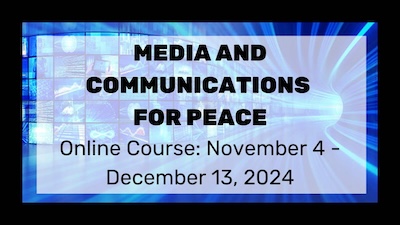

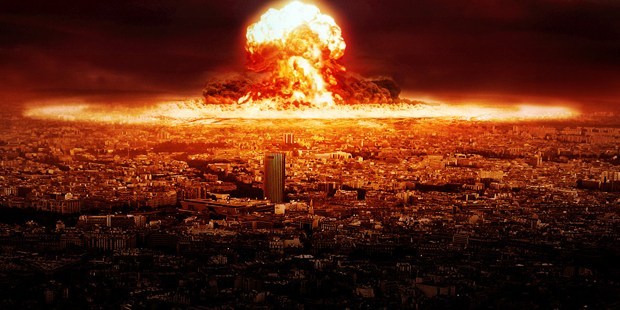

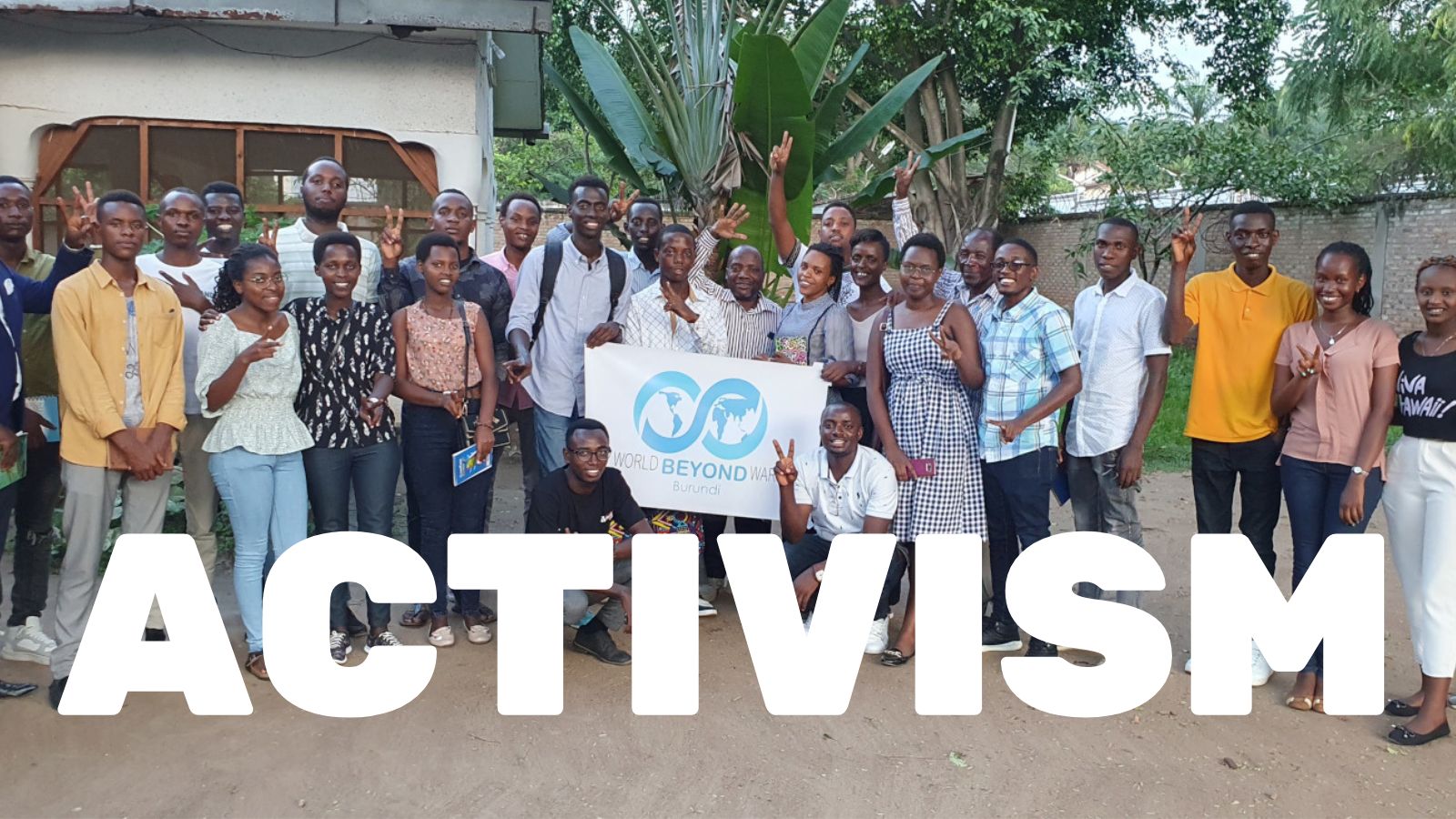
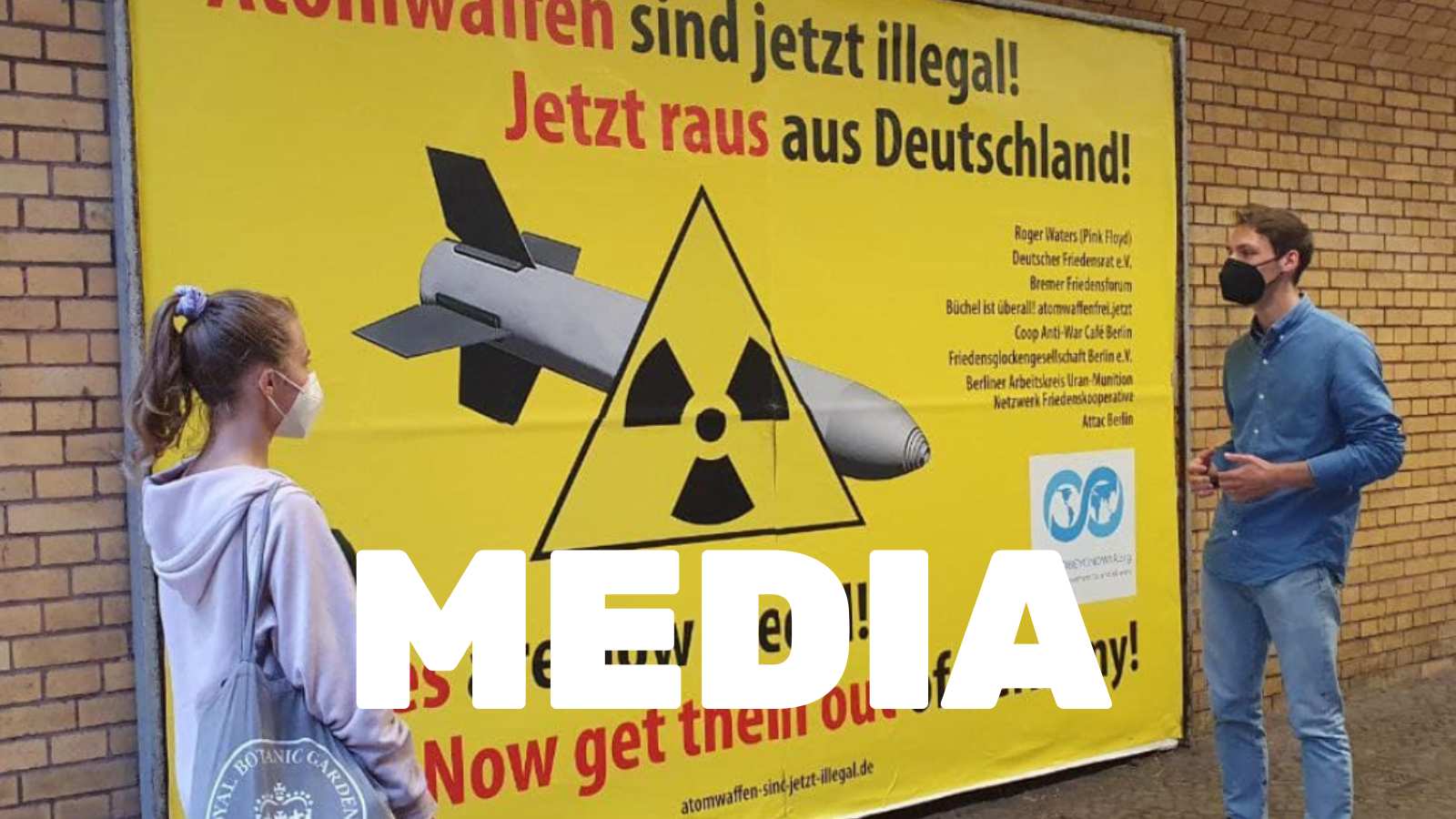
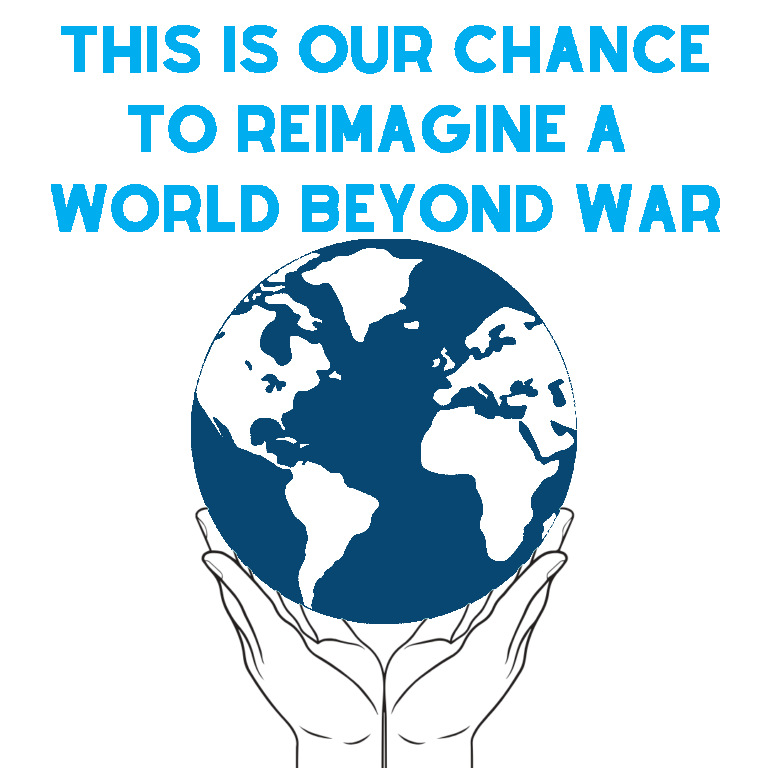

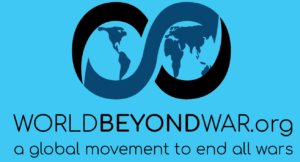
One Response
May this clear call for the US and all Nuclear Weapons states make a much needed impression on all. who receive it! Thank you.